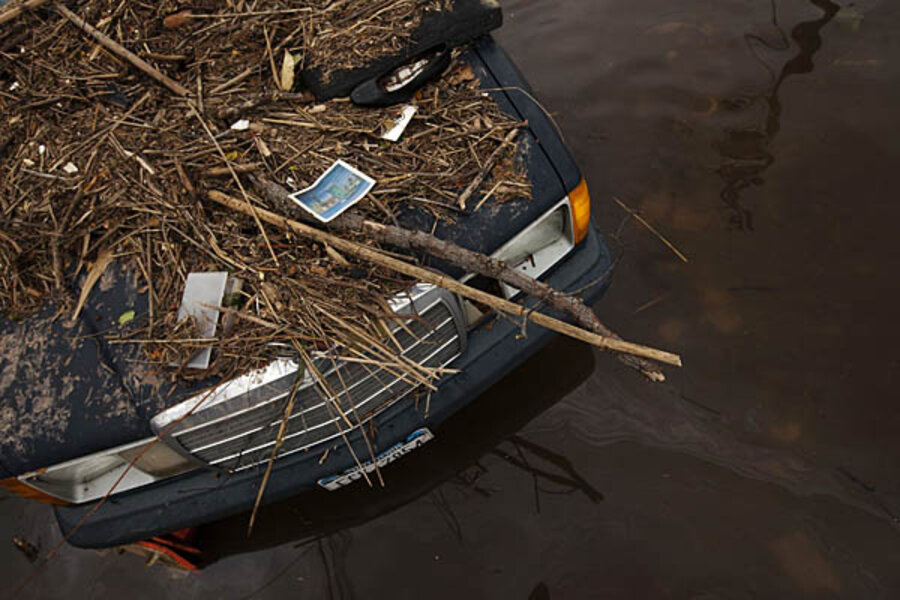Used car prices tick up after Sandy. Beware of flooded finds.
Loading...
The effects of Hurricane Sandy are far bigger than many imagined. The storm reshaped communities, and some will argue that it changed the outcome of yesterday's election.
Sandy will also have a small but important impact on used-car values. As proof, the National Automobile Dealers Association points to Hurricane Katrina, which destroyed hundreds of thousands of vehicles along the Gulf Coast -- vehicles that subsequently had to be replaced. That simultaneous loss of supply and growth in demand led to a 3% rise in used car prices after Katrina made landfall in August 2005.
Sandy was a different storm, and as such, it had a different impact. And although the total damage wrought by Sandy won't equal that of Katrina, NADA expects used vehicle values to climb slightly for the next few months -- especially in the Northeast, where Sandy made landfall.
That's notable because used-car values arealready sky high, particularly for fuel-efficient models. Whether insurance companies will take those factors into account when issuing settlements remains to be seen.
Unfortunately, disputing such discrepancies is difficult, and the appeals process varies from provider to provider. You have far more control, however, over the replacement vehicle you select. And if you're looking for a used vehicle in the next few months, we encourage you to be very careful.
- If possible, start your search with a reputable dealer. We know that there are plenty of honest folks out there trying to sell their used vehicles in classified sections, but a dealership offers an extra layer of protection for buyers.
- Before you buy, make a very full inspection of the car. Keep in mind that any flooded vehicle has probably been given a thorough cleaning, so obvious signs of damage -- like water lines in the trunk -- will likely have been removed.
- There may be other red flags, though. Engine compartments are harder to clean, and if the flooding was severe enough, it might've left water marks there. Also check under the seats for rusted bolts and springs. There would be little way to explain that kind of damage apart from prolonged contact with water. And take a Claritin beforehand so you can sniff freely: even professional cleaners have a hard time getting rid of mold and mildew.
- Take the car for an inspection. Most mechanics, garages, and even oil-change shops offer this service for a reasonable fee. They'll be able to spot problem signs you might miss.
- Ask for a damage report from Carfax, AutoCheck, or a similar service. Keep in mind, however, that such reports won't do much good if damage was never reported to an insurer and the owner made repairs herself.
- Above all, don't think you're immune just because you don't live in the affected area. After Katrina, damaged vehicles showed up in lots and driveways across the country. It can happen anywhere.
Have you been been the victim of a flooded-car scam? What tipped you off to the fact that there was a problem?







